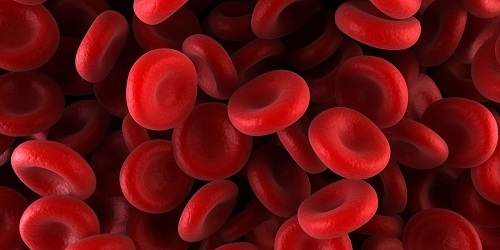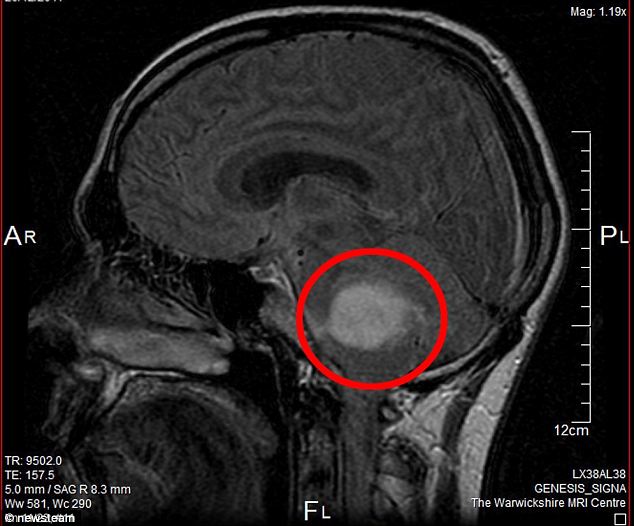
A team of Canadian scientists have found that decrease in sunshine could be a crucial factor in the increase in rickets among British children over the past few decades.
Since mid-1990s, Britain is witnessing a mysterious increase in hospitalisations of children owing to bone disease, which is caused by lack of vitamin D. While scientists are looking at shifting diets or changes in hospital admission policies, Haris Majeed, a Master’s student in medical imaging at University of Toronto, tried to find out if long-term climate variability in sea surface temperatures played a role.

“Sea surface temperatures are getting warmer over the North Atlantic, and are known to fluctuate every 60 to 80 years,” says Majeed. “After the mid-1990s, North Atlantic sea surface temperatures entered a warm phase, decreasing average summer atmospheric pressures and causing more rain, and less sunshine, in the UK.”
Data showed that median incidences of Rickets, which had been declining since the 1960s, almost doubled between 1997 and 2011, going from 0.56 cases per 100,000 British children to 1.01 cases.
According to experts, six hours a month of sunshine is needed to produce enough vitamin D in people’s skin. But since the mid-1990s, increasing cloud cover has deprived Britain of about four hours of sunshine per month in the summer.

“Nobody thought of the sun,” says Majeed, who is completing a Master’s in Diagnostic Imaging, and hopes to work with big data in the emerging field of time series analysis. “Climatologists knew that the UK receives lower summer sunshine than other parts of the world, but no one ever thought of the effect it had on specific health implications, such as Rickets.”
The study was published recently in the Nature journal Scientific Reports.
Be a part of Elets Collaborative Initiatives. Join Us for Upcoming Events and explore business opportunities. Like us on Facebook , connect with us on LinkedIn and follow us on Twitter , Instagram.












